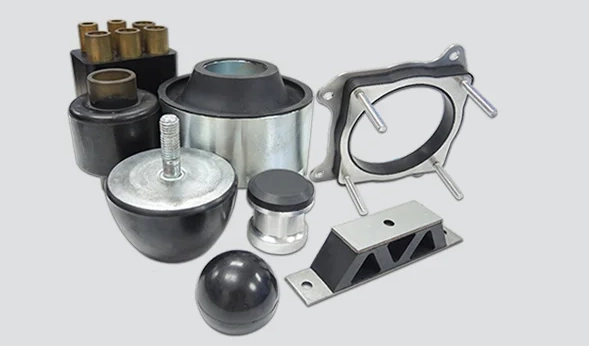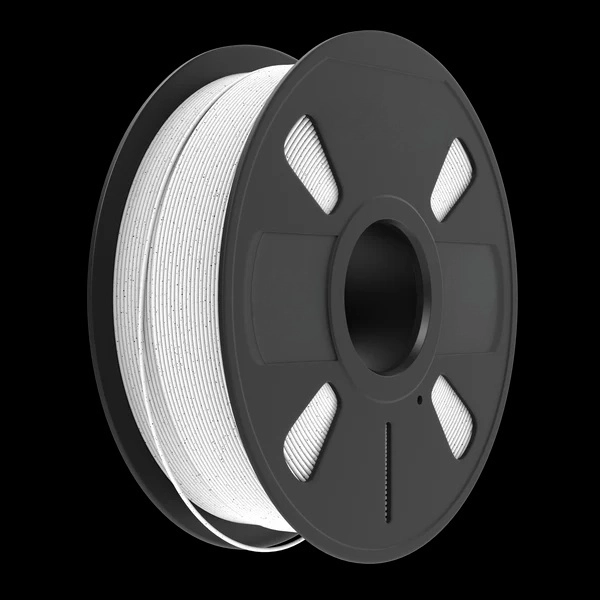In today's digital age, where screens dominate our lives, the significance of paper may seem diminished. However, paper remains an essential medium for communication, education, and creativity. Whether it's for printing books, packaging, or writing letters, the quality of paper plays a crucial role in determining its effectiveness and longevity. In this blog post, we will explore the key factors that contribute to making paper high quality, ensuring its relevance and usefulness in various industries.
- Raw Materials:
The foundation of high-quality paper lies in the selection of superior raw materials. The primary ingredient, cellulose fibers, can be derived from various sources such as wood pulp, cotton, or recycled paper. Each source has its unique characteristics, affecting the paper's texture, strength, and durability. For instance, long fibers from softwood trees produce stronger paper suitable for books, while cotton fibers create a smoother surface ideal for fine art prints. - Manufacturing Process:
The manufacturing process significantly impacts the quality of paper. Modern paper mills employ advanced techniques to ensure consistency and precision. The process involves several stages, including pulping, refining, paper formation, pressing, and drying. Strict control over factors like temperature, pressure, and chemical additives ensures the desired characteristics of the paper, such as brightness, opacity, and smoothness. - Weight, Thickness, and Opacity:
High-quality paper comes in various weights and thicknesses, catering to different purposes. The weight of paper is measured in grams per square meter (gsm), indicating its thickness and density. Thicker paper tends to be more durable and suitable for projects requiring longevity, such as archival documents or business cards. Opacity, on the other hand, refers to the paper's ability to prevent show-through, ensuring that the ink does not bleed or smudge. - Surface Finish and Texture:
The surface finish and texture of paper contribute to its aesthetic appeal and functionality. Different finishes, such as matte, glossy, or satin, offer distinct visual effects and tactile experiences. The choice of finish depends on the intended use of the paper, whether it's for printing photographs, designing brochures, or writing resumes. Additionally, the texture of the paper, ranging from smooth to textured, adds character and enhances the overall feel of the printed or written content. - Environmental Considerations:
In today's environmentally conscious world, the production of high-quality paper must align with sustainable practices. The use of recycled fibers, responsible sourcing of raw materials, and adherence to eco-friendly manufacturing processes are essential factors. Certifications like Forest Stewardship Council (FSC) ensure that the paper comes from responsibly managed forests, minimizing the environmental impact.
Conclusion:
High-quality paper is the result of meticulous attention to detail, from the selection of raw materials to the manufacturing process and environmental considerations. By understanding the key factors that contribute to its quality, industries can make informed decisions when choosing the right paper for their specific needs. Whether it's for publishing books, creating packaging, or expressing creativity through art, the quality of paper remains paramount in delivering a lasting impression.



